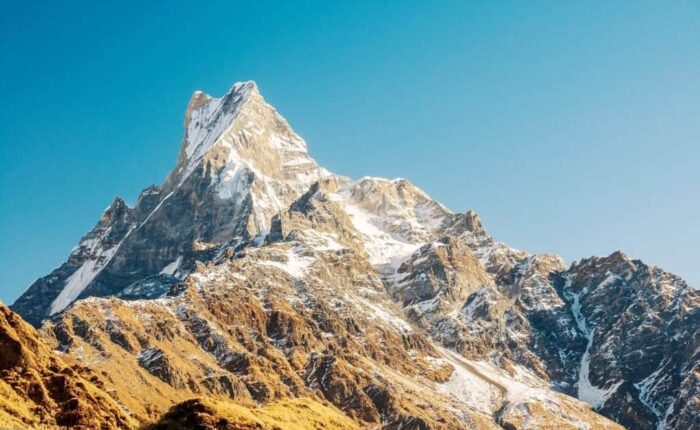- Home
- About Us
- Nepal
- Trekking in Nepal
- Everest Region
- Annapurna Region
- Langtang Region
- Manaslu Region
- Other Regions
- Rolwaling Trek – 22 days
- Arun Valley Trekking – 15 days
- Makalu Base Camp Trek
- Ganesh Himal Trekking – 21 days
- Kathmandu Valley Trek
- Panch Pokhari Trek
- Upper Mustang Trek
- Upper Dolpo Trek – 26 days
- Lower Dolpo Trek – 15 days
- Dhaulagiri Base Camp Trek
- Rara Lake Trek
- Kanchanjanga Base Camp & Selele Pass Trek – 26 days
- Tour in Nepal
- Peak Climbing in Nepal
- Expedition in Nepal
- Other Activities in Nepal
- Day Tours
- Trekking in Nepal
- Bhutan
- Tibet
- Contact Us
- Blog
- Reviews
- Gallery


